Editor’s Note: The following article is derived from officially released information, published with few or no editorial changes. The Greylock Glass occasionally provides our readers with such content if the information is factual in nature, and requires little to no interpretation or analysis, often when original reportage would provide little to no additional relevant information.
WILLIAMSTOWN, Mass. — Repro Japan: Technologies of Popular Visual Culture, an exhibition that traces Japanese popular culture across place, time, and medium, is on view at the Williams College Museum of Art through March 20, 2022.
In Japan’s Edo period (1603-1868), the growth of urban audiences and new popular entertainments combined with new printing technologies to produce new forms of popular art. Subsequently, photography and electronic media have fostered the global spread of Japanese popular visual culture, while many of its central themes and motifs—sports, fashion, and fighting, along with fantasies of all kinds—have remained remarkably consistent over time.
Repro Japan traces the links between Japanese popular culture and the technologies of reproduction that have created it. More than a hundred artworks on display span 300 years and a wide range of visual media, starting with Japanese woodblock prints from nine different museum and library collections and moving forward to contemporary animation and fan art.
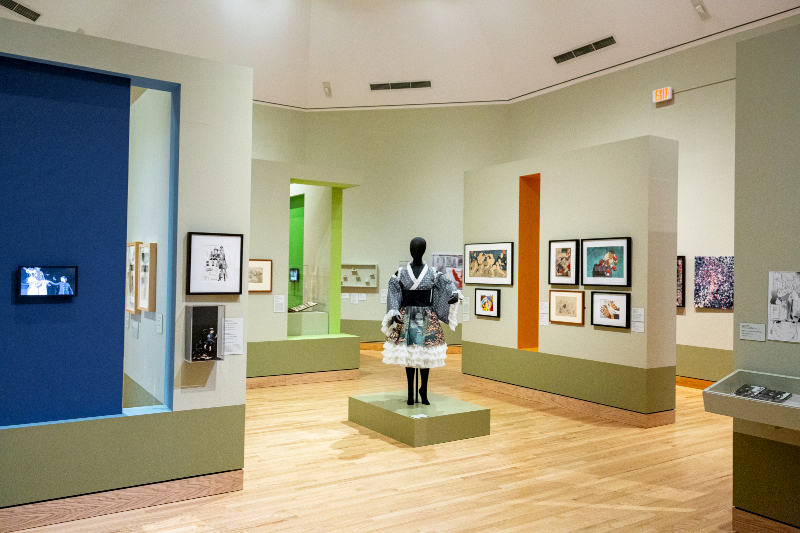
The title of the exhibition is short for “reproducing Japan” and is meant to convey two senses of the word “reproducing.” The first speaks to Japan as a reproducer, a society and culture that has utilized evolving technology to produce popular visual art, from woodblock printing and printed textiles through photography to animation and 3D printing. The second speaks to Japan as the object of reproduction, its art and art objects spreading globally to exert influence well outside of its cultural and geographical boundaries.
The exhibition consists of two galleries: one that explains the technology associated with the art on display, including woodblock printing, cels from anime series and films, and a 3D printer, and one that houses the visual art produced from the technology, placing very different works next to or within sight of each other so visitors can discover the connections between the works.
For example, in the main gallery, a wa Lolita dress is a centerpiece of the show. Commissioned from Argentinian designer Triana Martinez Dufour, it combines elements of Victorian and Japanese clothing design, interpreted through the lens of Japanese subcultural fashion and executed by Dufour. Patterns on the dress are visual references to other works nearby, including an Edo-period fabric stencil and a woodblock print depicting Japan’s Kintal Bridge by Kawase Hasui (1883–1957).
“Part of the gallery design is to create these sight lines so that from different places you see different connections,” said Christopher Bolton, Professor of Comparative and Japanese Literature at Williams College and curator of the show.
In addition to patterns and visual motifs common to these different media, the exhibition explores common topics, such as beauty and violence/competition. A woodblock print of sumo wrestlers, for example, is placed near an anime cel of boxers, and one wall explores the motif of women looking in mirrors with works from the late 18th century to the present day.
“We can see that there are certain themes that are common to pop culture across time and across many different cultures,” Bolton said. “Comparing these works helps us consider how and why these subjects have appealed to such a wide audience.”
In addition to Bolton, Repro Japan was organized by guest curators Panalee Maskati ’20; Eron Rauch, artist and critic; Diana Tolin, World Cosplay Summit Alumna and Coordinator; and Wei (Maggie) Wu, MA ’19; with Lisa Dorin, WCMA’s Deputy Director for Curatorial Affairs and Curator of Contemporary Art. The exhibition was designed byDavid Gürçay-Morris, Williams College Associate Professor of Theatre.
“It was really a team effort reflecting a diversity of voices and perspectives,” Bolton said.
An accompanying free publication provides additional information about the exhibition, including essays by the guest curators.
###
About Williams College Museum of Art
The Williams College Museum of Art (WCMA) creates and inspires exceptional experiences with art that are integral to a liberal arts education, lifelong learning, and human connection. The Museum is a partner in nurturing the cross-disciplinary arts in support of a liberal arts education; advancing the academic and experiential preparation of arts leaders; enriching the cultural ecosystem; engaging artists; and creating a shared learning community that spurs new thinking, creative making, and civic engagement. Located on Main Street in Williamstown, Massachusetts, on the Williams College campus, the museum draws on the collaborative and multidisciplinary ethos of the surrounding college to enliven the more than 15,000 works in its growing collection. For the Fall 2021 semester, the museum is open to the public Wednesday through Saturday, 10 a.m. to 5 p.m. Admission is free. For more information, visit artmuseum.williams.edu.



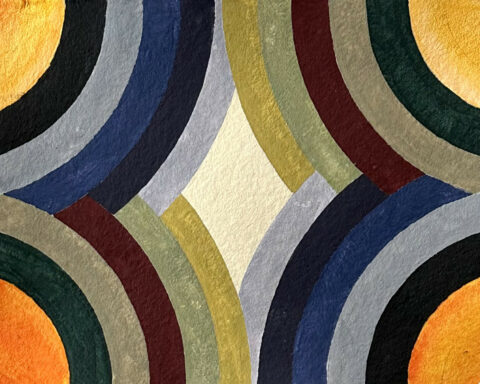
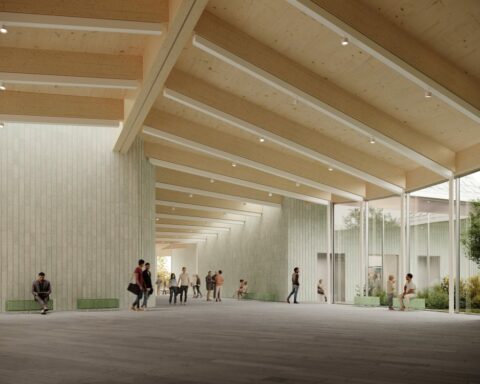
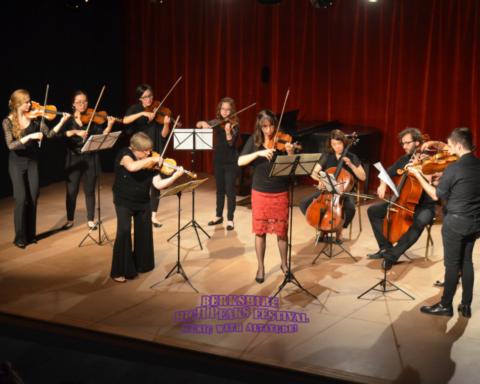

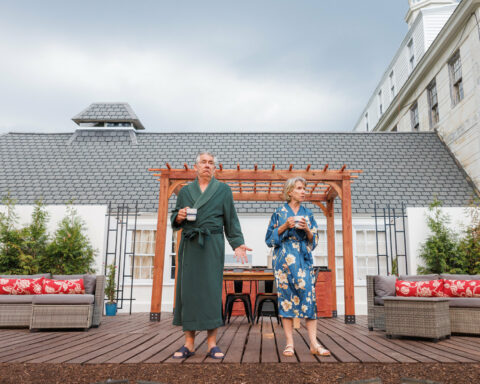
You must be logged in to post a comment.